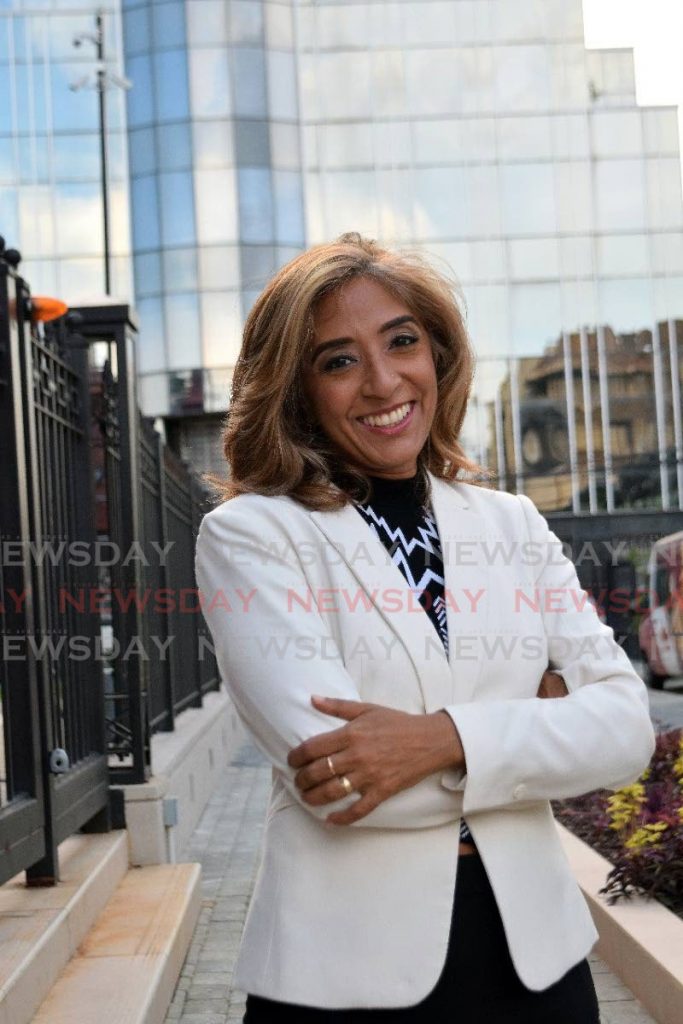The killing of our boys

DR GABRIELLE JAMELA HOSEIN
I WAS DEEPLY saddened by the killing of 15-year-old Akid Duke and 17-year-old Christopher Cummings. These boys were still children. It made me think back to 17-year-old Denelson Smith and 16-year-old Mark Richards, whose murders in 2016 were described as a “slaughter of the innocents.” You may have missed the story of 14-year-old Michael Sooknanan, electrocuted and abandoned, until found on top of an electricity pole last month.
All of these are tragedies, leaving grieving families.
There can be no single explanation for why people march for some dead and not others, some children and not others. Sometimes, it is a question of race, class and respectability politics. Sometimes, it is explained by the time of year, the breaking point a population has reached, or the circumstances of a killing.
It’s been asked why the country protested the killing of women, but not the murders of men and boys. It’s a question without any single answer, but it’s not the right question.
There is insufficient response to the deaths of men and boys, just as there always has been, and remains, insufficient response to the daily threat of sexual and physical violence in the lives of women and girls.
There have also been vast resources spent on trying to curb men’s violence against men, gang violence, proliferation of guns, and crime. Far more than has ever been spent on ending violence against women.
In this context, the question isn’t about why women’s deaths are getting more attention than men’s. The question is, why do men continue to be violent to women and other men? Not all men are violent, but there’s enough violence by men, including against each other, for us to ask the right questions.
Men’s murders of other men and boys, including in domestic-violence contexts, are only one side of male violence. The other sides of this triad are men’s violence against women and men’s violence against themselves. Such violence is not simply an emotional-intelligence or relationship-conflict issue. It can be to assert and prove public status and power, and gain inclusion and respect. As well, low levels of skills and literacy, family and community insecurity, limited legal livelihood options, and easy access to weapons and drugs create a risky environment for boys to grow. Schools, courts and prisons also have combined culpability.
Men and boys are not bad people. Patriarchy harms and dehumanises men even while it accords them privileges denied to women and girls. Patriarchal gender ideals that valorise violence and associate it with dominant and invulnerable masculinity are the deep root of this issue. It’s the reason why we bring up youth in a world where men call each other names such as monster, criminal, shotter, soldier and badman as signs of respect. It’s the shadowy culprit that should be the target of those concerned about the threat to our boys.
It is true that women can also be violent and predators, but their harm to men and boys, measured in sexual abuse, rape and killings suggests far different prevalence, severity, form and impact. Not everyone is equally violent across sex, and there are good reasons for highlighting violence against women. There is a war against one sex by another, regardless of age, ethnicity or place of the victims. Indeed, women and girls become targets of men precisely because of their sex. This year’s gatherings against men’s violence against women were decades overdue.
Our greater silence about male deaths is because we want killings to stop, but manhood to remain the same, even at the cost to boys’ lives. We practise the stoicism we have assigned to men. Our response to murders of our boys is also related to the fact that they are often, but not only, working class and Afro-Trinidadian, and those bodies are stereotypically associated with criminality and lesser humanity. Anti-blackness means that black bodies carry lower value, whether to their killers or to the public, regardless of whether they are innocent or children.
My friend Colin Robinson cheekily said to give a boy a doll. He argued in his column that masculinity doesn’t protect boys from violence, and for “socialising boys from infancy to be nurturers and to welcome and manage loving feelings” (March 11, 2018).
The senseless death of another boy should make sorrow boil over, again leading citizens to the streets. Not to protest attention to women, but to protest the taking of each life by cold-blooded ideals of manhood which we must let go.
Diary of a mothering worker
Entry 412
motheringworker@gmaill.com


Comments
"The killing of our boys"